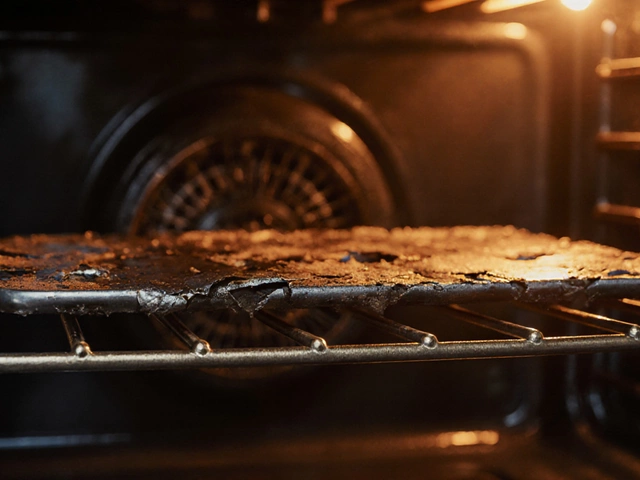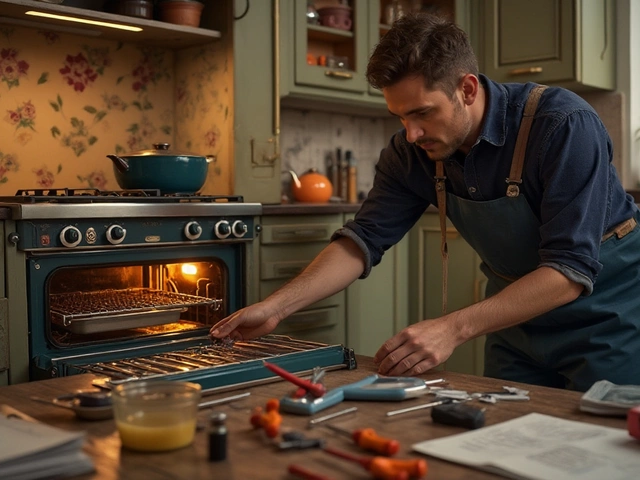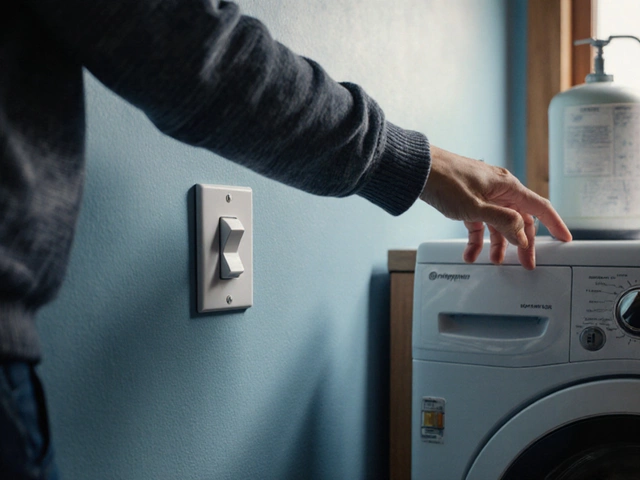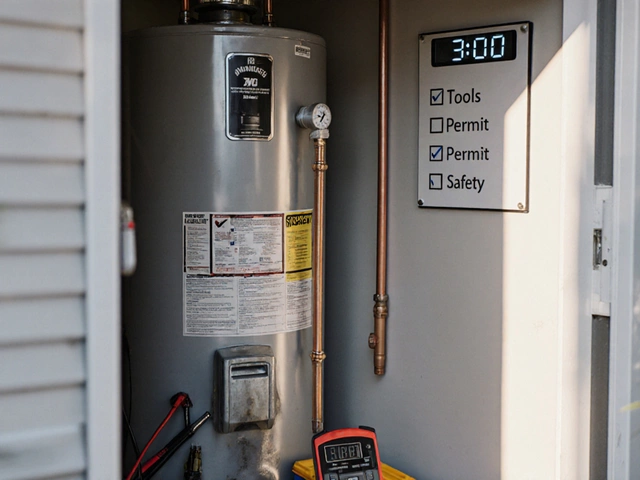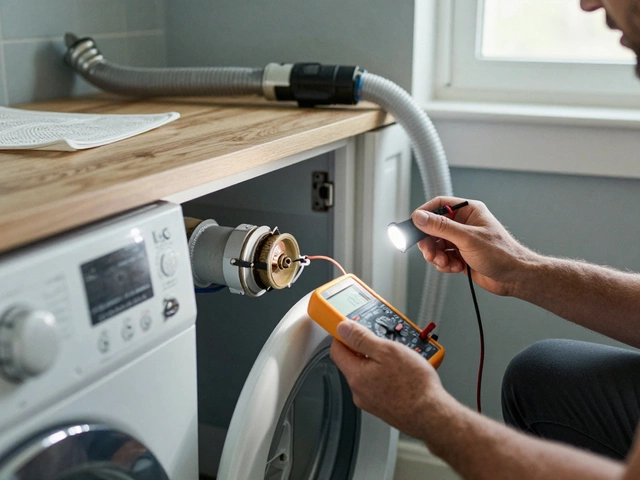What Are Common Faults with Electric Ovens? Fix These Issues Before Calling a Pro
October 29 2025No Heating? Find Fast Answers and Smart Solutions
If you walk into a cold house and wonder why the radiators are icy, you’re not alone. A lack of heat can be caused by a tiny glitch or a serious fault, and the difference matters when you decide what to do next. Below you’ll get the most common culprits, quick DIY tests, and clear signs it’s time to dial in a professional from Bedford Gas Appliance Repair Services.
Common Causes of No Heat
First, think about the boiler. A broken thermostat, a tripped pressure switch, or a low water pressure reading can shut the whole system down. If the pressure gauge is below 1 bar, the boiler will lock out to protect itself. Next, check the pump. A seized pump or a clogged valve stops hot water from circulating, leaving radiators cold even though the boiler is firing.
Radiator issues are another frequent source. Air trapped inside a radiator creates a cold spot at the top. A simple bleed can restore flow. Leaks in the pipework, however, reduce pressure and force the boiler into safety mode. Finally, electrical problems like a blown fuse or a faulty zone valve can cut power to the heating circuit, making everything feel frozen.
DIY Checks Before You Call a Engineer
Start with the obvious: Is the boiler display showing an error code? Write it down and look it up in the manual – many codes point straight to the problem. Next, feel the radiators. If they’re warm at the bottom but cold at the top, a bleed is probably needed. Use a radiator key, open the valve a little, let the hissing air escape, then close it.
Check the boiler pressure gauge. If it’s below 1 bar, you can usually top it up using the filling loop – just follow the instructions or watch a short video for your model. After topping up, reset the boiler and see if heat returns. If the pump is noisy or vibrates heavily, it may be stuck; turning the power off for a minute can sometimes free it, but don’t keep trying if the noise persists.
Don’t forget the thermostat. Make sure it’s set higher than the room temperature and that the battery (if it uses one) isn’t dead. A quick test is to raise the temperature setting a few degrees; if the boiler fires up, the thermostat was just set too low.
If any of these steps don’t bring warmth back, or if you see water leaking, hear strange banging noises, or spot a burnt smell, stop fiddling and call a certified gas engineer. Trying to repair a gas boiler without proper training can be dangerous and may void warranties.
At Bedford Gas Appliance Repair Services we specialize in diagnosing no‑heat situations fast. Our engineers are Gas Safe registered, carry the right tools, and can safely fix boiler faults, replace pumps, bleed radiators, or service the whole system. We’ll also give you advice on regular maintenance so you avoid cold mornings in the future.
Remember, a warm home isn’t just about comfort – it’s also about safety. Carbon monoxide leaks, frozen pipes, and inflated energy bills often start with a heating problem that’s ignored. Use the quick checks above to rule out simple fixes, and don’t hesitate to book a professional visit when things look serious.
Ready to restore warmth? Give us a call, schedule an appointment online, or drop by for a free assessment. We’ll get your heating back on track and keep it running smoothly all year long.
 5 Jun
5 Jun
Broken Boiler: How Long Can You Manage Without One?
Stuck with a broken boiler? This article breaks down how long you can go without heating or hot water, and what to do if you’re caught in the chill. Find out when a faulty boiler turns from an inconvenience into a real health risk. Learn about what the law says for tenants, and get quick tips for making it through a boiler breakdown. Discover when it’s okay to wait and when you need to call for help right away.
Read More...